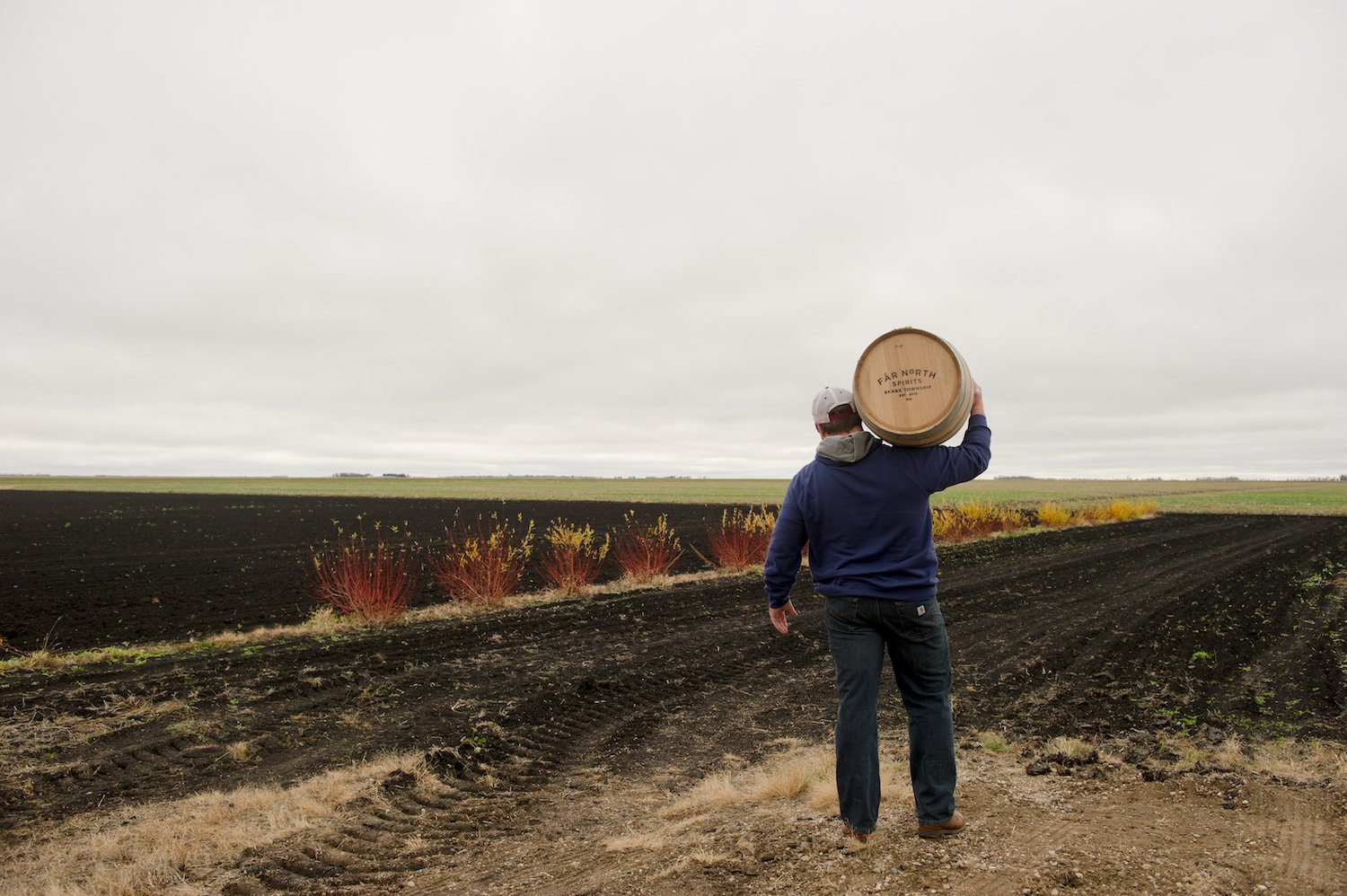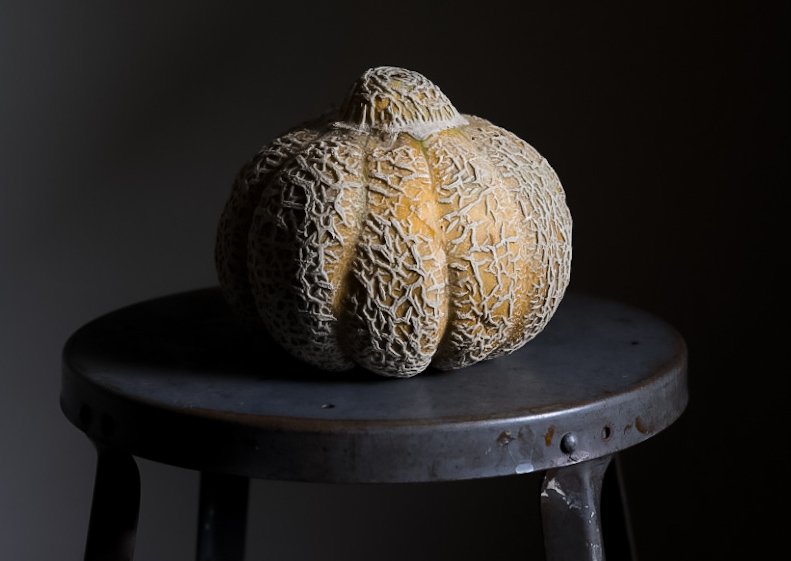If you ask people in other parts of the US what comes to mind when they think of New Jersey, it’s highly unlikely that anyone will reply with “agriculture.” Instead, they may respond with some misplaced trope about mobsters, stripmalls, the Jersey Shore or (if we’re lucky) Bruce Springsteen. However, any self-respecting New Jerseyan would be quick to tell you about how our state is full of natural wonders including forests, mountains, beautiful beaches and waterways. It’s also home to thousands of acres of preserved farmland that fully embody the Garden State nickname.
This moniker was first coined in 1876 by the state’s attorney general, Abraham Browning, who likened New Jersey’s agricultural bounty to a barrel tapped at both ends, with Philadelphians taking from one side and New Yorkers from the other. And although this nickname is mildly outdated as the state’s farmland isn’t as vast as it once was, it’s hard to deny the historical importance of Jersey agriculture, especially during our young country’s formative years. After all, this is the state that gave rise to the eponymous Jersey tomato, the domesticated blueberry and many other once-important heirlooms that have since been lost to the ages.
One of these long-forgotten varieties is the Jenny Lind melon, named after the famous Swedish opera singer from the 1800s, Johanna “Jenny” Lind, also known as the “Swedish Nightingale.” This melon is of the reticulatus, or muskmelon, group of cultivars, which refers to melons with netting on their skin. The Jenny Lind is characterized by its turban shape coming from the knob on the blossom end, pale beige skin and an inner flesh that is light green, soft and incredibly sweet with prominent notes of vanilla, lilac and honey.
The Jenny Lind is said to have been first introduced in 1850 as a novel descendent of the center melon, a Philadelphia heirloom variety of Armenian melon lineage. So how did the center melon become the Jenny Lind? The most likely answer points to equal bits of deceit and good marketing by Philadelphia seedsman William Henry Maule, who, like many of his day, saw an opportunity to cash in on the frenzy created by Lind’s trans-Atlantic tour of the US financed by the great showman P.T. Barnum, founder of the Barnum and Bailey Circus.
Although Lind’s fame was already well-established throughout Europe, the opera singer remained relatively unknown here in the US. However, Barnum’s involvement in the tour and the huge price tag she demanded helped her achieve stateside celebrity status virtually overnight. While Barnum was cashing in on the so-called “Lindomania” in the form of branded clothing, furniture, pianos and more, people from all walks of life were riding the Lind wave in other ways. Towns in Arkansas, California and Northern Canada were named Jenny Lind with the hopes of attracting people to move there, a polka was made in her name and a style of baby crib was even named after her.
Not one to miss out on a potential marketing opportunity, Maule seems to have re-christened the center melon as the Jenny Lind, in the process taking it from obscurity to notoriety. Within a few years, the Jenny Lind was heralded as the most widely grown in New Jersey and the most popular in the New York and Philadelphia markets. As Maule said in 1898, nearly 50 years after the melon was first introduced: “It is astonishing that this, the most delicious small melon, is so little known outside the State of New Jersey. There it is more largely grown than any other variety, and thousands upon thousands of baskets are annually shipped to New York and Philadelphia markets, where they always meet with ready sale.”
Unfortunately, over the next few decades, newer muskmelons more suited to commercial farming needs were developed, and the Jenny Lind fell out of favor. Its legacy remained only in the collections of seed savers and the pages of old seed catalogs until efforts to restore its prominence began almost a century later. The seeds can now be found on a somewhat larger scale by commercial seed saving companies including Pinetree Garden, Hudson Valley Seed Company and Seed Savers Exchange.
RELATED: A Botanist-Bartender’s Ode to the Dandelion
My first interaction with the Jenny Lind melon came in 2018, when Jeff Quattrone, a fellow New Jerseyan, seed saver and food activist, delivered me seeds one day while I was tending bar at The Farm and Fisherman Tavern in Cherry Hill, New Jersey. We had been working on building a garden behind the restaurant, and Quattrone provided us with seeds so that we could not only grow the melon on site but introduce a piece of New Jersey history to our guests in the process. After harvesting around two dozen melons from the garden roughly three months later, we got to work preserving them so that we could offer a taste of this melon long past its window of freshness after harvest.
To accomplish this, we processed the melon into a shrub, the name given to a mix of fruit (or other ingredient), vinegar and sugar. We then used the shrub as both a source of acid and sweetness in our Swedish Nightingale cocktail, made with Philadelphia-made vodka, lime, homemade absinthe and Scandinavian aquavit, as an ode to Lind’s homeland. The final cocktail is as smooth and delicate as the singer’s voice was said to be. Follow the recipe below to make it yourself or use the shrub to enjoy a delicious non-alcoholic option by simply mixing it with club soda.
Green Muskmelon Shrub
Ingredients:
1 part (by weight) Jenny Lind melon, skin and seeds removed (can easily substitute another melon variety)
1 part white balsamic vinegar
1 part white granulated sugar
Directions:
In a pot or large bowl, add melon to sugar and allow to macerate overnight. The next day, add melons, sugar and white balsamic vinegar to a small saucepan and heat on low until the sugar dissolves. Using an immersion blender, puree all ingredients until smooth and pass through a cheesecloth-lined mesh strainer. The shrub will keep for six months (or more) in the refrigerator in a tightly sealed jar.
Swedish Nightingale
Ingredients:
1.5 oz vodka (preferably Stateside vodka)
.5 oz aquavit (preferably Krogstad)
1.25 oz Jenny Lind (or other melon) shrub
.5 oz lime juice
Absinthe spritz
Directions:
Add all ingredients (except the absinthe) to an ice-filled cocktail shaker. Shake, double strain into a coupe glass red and aromatize with a spritz of absinthe. Garnish with fresh melon slice.
Danny Childs is the mixologist behind the @slowdrinks account on Instagram and the bar manager at The Farm and Fisherman Tavern in Cherry Hill, New Jersey. Danny’s beverages embody the flavors of the mid-Atlantic by using ingredients foraged from the wild and picked from his cocktail garden. His work has led to a role on the Slow Food USA Ark of Taste committee, a 2019 IACP-nominated cocktail column, and in 2021 he was the recipient of the Philly Mag “Best of Philly” award in the cocktail category. His book, Slow Drinks, will be released with Hardie Grant in 2023.
!function(f,b,e,v,n,t,s)
{if(f.fbq)return;n=f.fbq=function(){n.callMethod?
n.callMethod.apply(n,arguments):n.queue.push(arguments)};
if(!f._fbq)f._fbq=n;n.push=n;n.loaded=!0;n.version=’2.0′;
n.queue=[];t=b.createElement(e);t.async=!0;
t.src=v;s=b.getElementsByTagName(e)[0];
s.parentNode.insertBefore(t,s)}(window, document,’script’,
‘https://connect.facebook.net/en_US/fbevents.js’);
fbq(‘init’, ‘264217957779476’);
fbq(‘track’, ‘PageView’);











